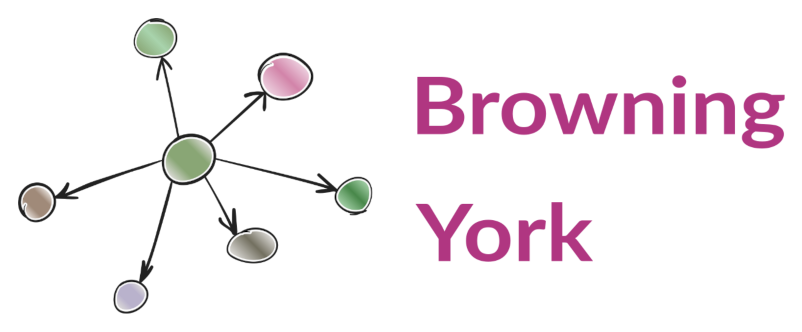 I would guess that I am not alone in finding that my brain has struggled with all the information and advice available currently, on all sorts of topics. After fighting the overwhelm for a while and telling myself that I needed to just get on with it, I realised that actually I need to be kinder to myself. To just go with what I can take in right now – however much or little.
I would guess that I am not alone in finding that my brain has struggled with all the information and advice available currently, on all sorts of topics. After fighting the overwhelm for a while and telling myself that I needed to just get on with it, I realised that actually I need to be kinder to myself. To just go with what I can take in right now – however much or little.
For internal communicators it is important to remember that your people will be feeling like this too. Information, advice and other types of content from their employer, however well-intentioned, will just be adding to the ‘noise’.
This will negatively impact both their wellbeing and their ability to take in messages that are genuinely important.
So what can we do about it?
Frequency of communication
Start by considering how often you are sending things out.
One of the points made in relation to crisis communication is to keep it reliable and regular. It is true that knowing they can depend on communication from you is useful. But ‘regular’ doesn’t have to equal ‘all the time’.
Frequency of communication will vary at different points during the crisis. But you need to be clear on why you have opted for daily or weekly communication at any given point – what purpose does that regularity serve? Specifically, does communicating that much content achieve your desired aim with your audience?
It’s a question of getting the balance between enough content to avoid gaps opening up (gaps in communication are always filled with rumour and hearsay) and so much that people are too overwhelmed. Much like ‘business as usual’ communication really….
Three more tips
As well as being clear on how often you are sending information out to your internal audiences, I would recommend considering the following areas:
- Be clear on what you can realistically achieve right now. Objectives that chime with the overall mood will work best – for example, thanking people for the things they achieve and sharing content that enables them to feel they are still part of something bigger, even when not physically together.
- Ask yourself ‘is this really necessary to my audience’? What will happen if they don’t receive this content? We are all focussing on what is most essential and communication should be no different.
- Look for ways to break content down into more manageable sections. Previously you may have been able to share all the steps to a project at the start, but now it might be easier for people to process one step at a time.
Take time to think these things through and you will be able to meet your audiences’ needs more effectively. Avoiding overwhelming them is a positive thing all round.
And that applies at the current time and when we start to return to whatever ‘normality’ looks like after this.
Take care and stay safe
Until next time
Sarah
